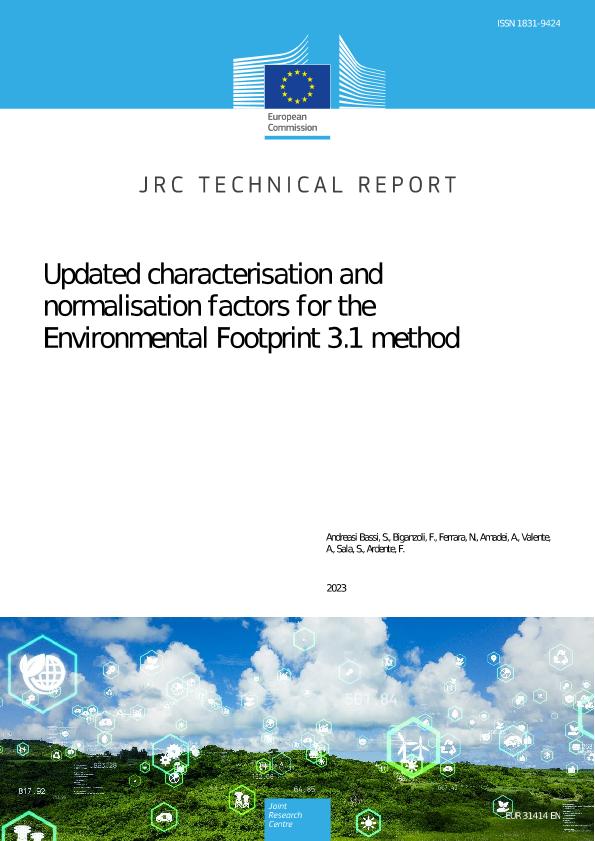|
In the context of the European Green Deal, the PEF/OEF plays a significant role in reaching the Zero Pollution ambition by evaluating potential impacts of chemicals on aquatic ecosystems’ and human beings’ health. In line with the Green Deal, Life Cycle Assessment aims to ‘protect biodiversity in our lakes, rivers and wetlands’ and to ‘protect citizens against dangerous chemicals with a new strategy for sustainability for a toxic-free environment’. The Characterisation Factors (CFs) recommended to be used in the PEF/OEF1 context (level of recommendation III) have been updated in version 3.1. The new CFs were calculated with the USEtox® 2.1. model2, using the physicochemical and toxicity data available in REACH-IUCLID3, EFSA OpenFoodTox4 and PPDB5 databases, following the feedback collected during a PEF stakeholder workshop and following the UNEP-SETAC Pellston workshop6 outcomes. The JRC Technical Report (Saouter et al, 2018) describes the methodology followed to generate the new set of CFs, while the JRC Technical Report (Andreasi Bassi et al, 2023) details the updates to version EF3.1. Both JRC Technical Reports and Supplementary Materials are freely available. The EF3.1 ECOTOX Explorer is an exploratory tool aiming to support EF3.1 users to understand how freshwater ecotoxicity CFs have been derived and which underlying data have been used. 1 Commission Recommendation (2013/179/EU) on the use of common methods to measure and communicate the life cycle environmental performance of product and organisations. 2 Rosenbaum et al., 2008. USEtox – The UNEP-SETAC toxicity model: Recommended characterisation factors for human toxicity and freshwater ecotoxicity in lifecycle impact assessment. International Journal of Life Cycle Assessment, 13: 532. https://doi.org/10.1007/s11367-008-0038-4 3 https://echa.europa.eu/ 4 https://www.efsa.europa.eu/en/microstrategy/openfoodtox 5 https://sitem.herts.ac.uk/aeru/ppdb/en/index.htm 6 Owsianiak et al., 2019. Global Guidance for Life Cycle Impact Assessment Indicators Volume 2. Chapter 7 Ecotoxicity Publications and dissemination |   |
